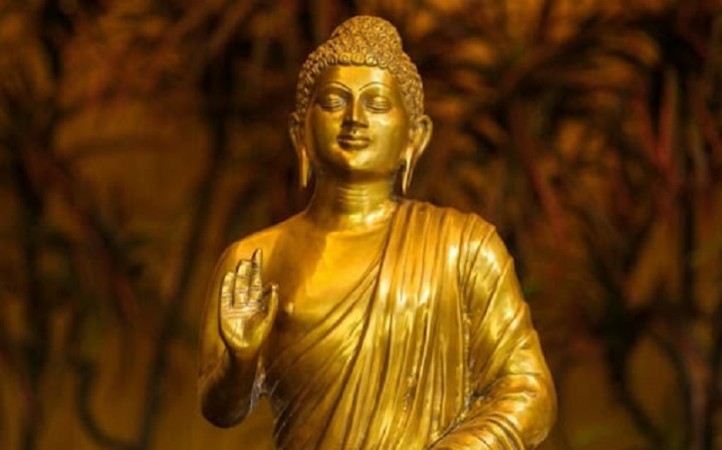
Gangtok, the capital city of the beautiful Indian state of Sikkim, is a popular tourist destination known for its breathtaking landscapes, rich cultural heritage, and vibrant festivals. One such festival that holds immense significance in Gangtok is Drukpa Tshe-zi, which is celebrated with great fervor and joy. Falling on the 21st of July each year, this festival is a delightful time for locals and tourists alike to immerse themselves in the vibrant traditions and history of the region.
Drukpa Tshe-zi, also known as the Rainy Season Festival, is deeply rooted in the Bhutanese and Tibetan Buddhist traditions. The festival commemorates the first sermon of Lord Buddha, known as the "Turning of the Wheel of Dharma," which took place at Sarnath in India. It marks the beginning of the monsoon season when the teachings of Buddha are believed to flourish and bring blessings to the devotees.
The origins of Drukpa Tshe-zi can be traced back to the 17th century when the great Tibetan Buddhist saint, Je Kunga Sherab Rinpoche, visited Sikkim and introduced the teachings of the Drukpa Kagyu lineage. This festival became an integral part of the local culture, and its celebration has continued for generations.
The festivities of Drukpa Tshe-zi begin with a vibrant procession through the streets of Gangtok. Monks clad in traditional attire lead the procession, carrying sacred relics and scriptures. The air fills with the sound of religious chants and the beating of drums, creating a spiritual ambiance that captivates all who witness it.
One of the main highlights of the festival is the masked dance performances, known as cham dances, performed by the monks. These dances depict various episodes from the life of Lord Buddha and serve as a visual representation of Buddhist teachings. The intricately designed masks, colorful costumes, and graceful movements of the dancers mesmerize the onlookers, transporting them into a realm of spiritual significance.
During the festival, the monasteries of Gangtok are adorned with vibrant decorations and illuminated with countless butter lamps. Devotees gather in large numbers to offer prayers, seek blessings, and engage in religious rituals. It is believed that by participating in these rituals, one can cleanse their sins, accumulate merit, and pave the way for spiritual growth.
The festival also provides an opportunity to experience the unique flavors of Sikkimese cuisine. Food stalls line the streets, offering a wide array of delectable local delicacies. Visitors can savor traditional dishes like momos (dumplings), thukpa (noodle soup), and gundruk (fermented leafy greens), among others, which add to the cultural immersion of the festival.
Apart from its religious significance, Drukpa Tshe-zi also plays a crucial role in promoting tourism and preserving the cultural heritage of Gangtok. The festival attracts a significant number of domestic and international tourists, who get a glimpse into the rich traditions and warm hospitality of the locals.
If you plan to visit Gangtok during Drukpa Tshe-zi, it is advisable to make prior arrangements as the city gets crowded during this time. Many hotels and guesthouses offer special packages and arrangements for tourists, ensuring a comfortable stay during the festival.
In conclusion, Gangtok's Drukpa Tshe-zi festival is a celebration of spirituality, culture, and community. It serves as a vibrant reminder of the profound teachings of Lord Buddha and the rich heritage of the region. By participating in this festival, one can truly immerse themselves in the essence of Gangtok, forging unforgettable memories and gaining a deeper understanding of its cultural tapestry.